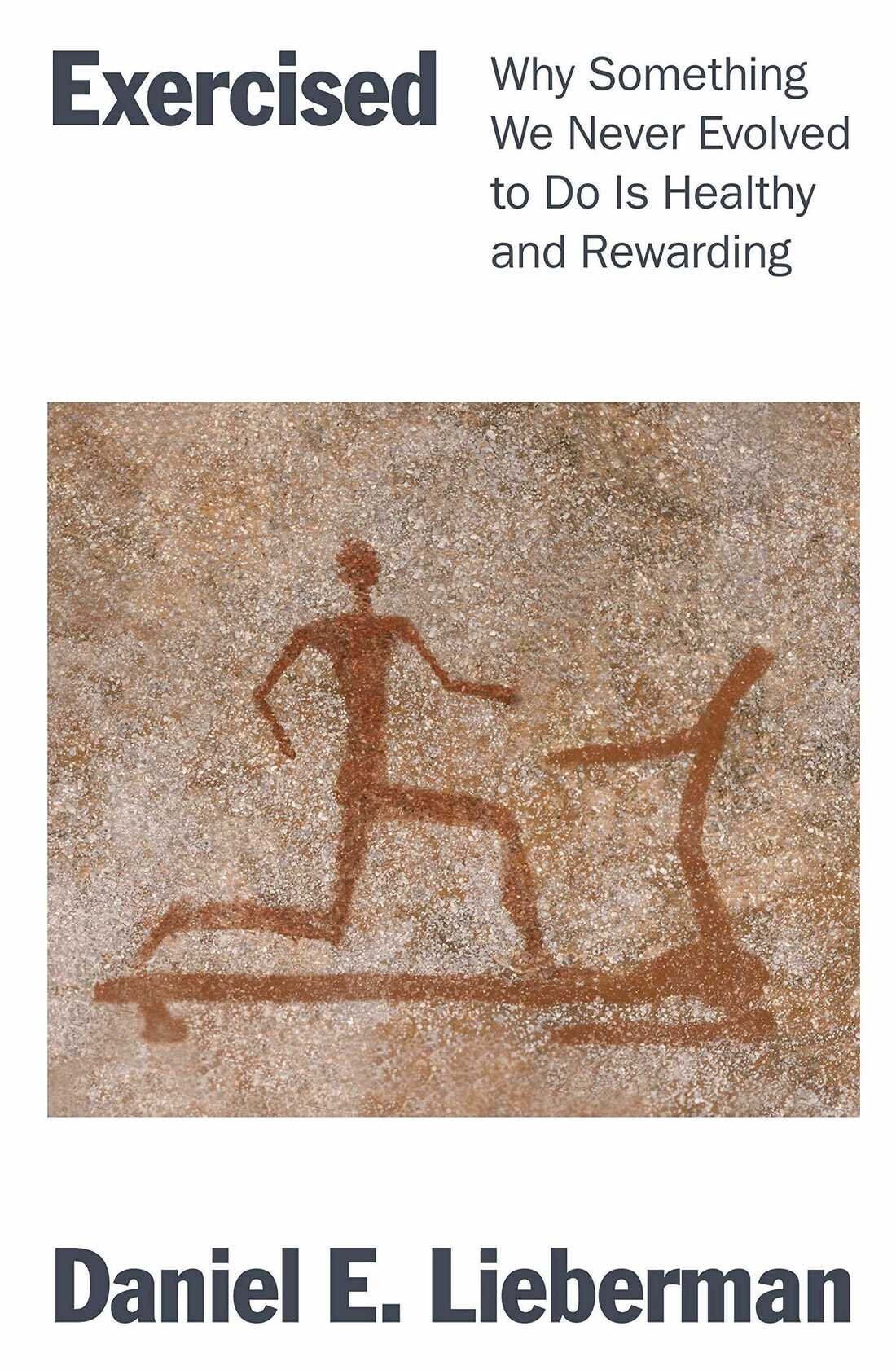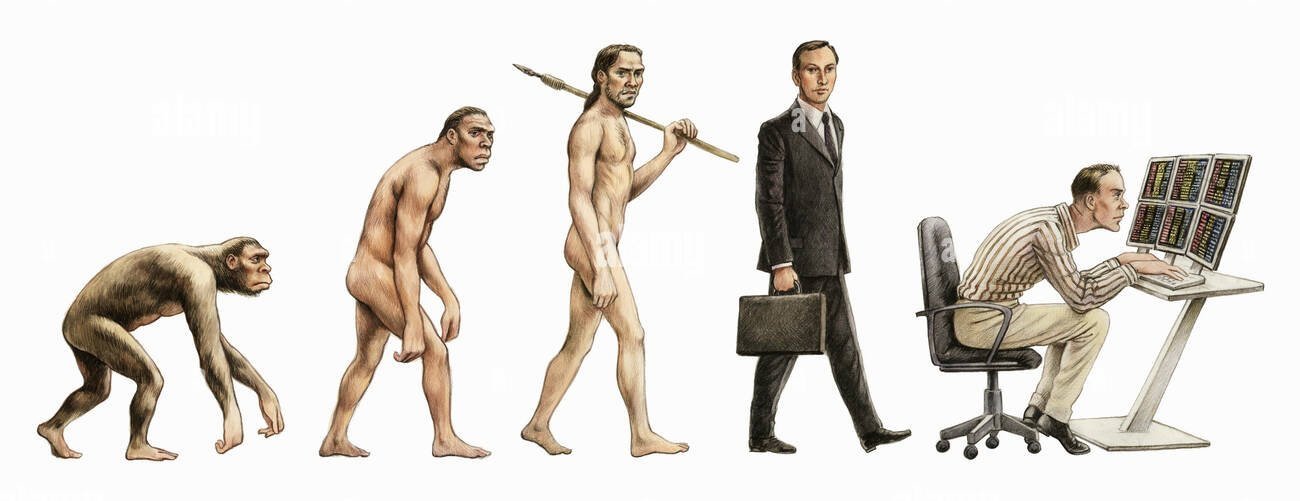
Analogizing Decentralized Medicine to Jocko Willink's Decentralized Command
Decentralized command, as Jocko Willink advocates, empowers soldiers to think and act like leaders, while decentralized medicine encourages patients to take control of their health. Both paradigms emphasize education, empowerment, and technological integration, leading to more informed decision-making and proactive management. Empowering individuals with knowledge, responsibility, and the right tools can lead to more effective and resilient outcomes in military operations and healthcare.

Process your Process
Focusing on the process rather than the outcome can tremendously impact our lives. By shifting our focus from the result to the steps we need to take to get there, we can unlock our true potential and achieve great things. It requires patience, discipline, and consistent effort, but the rewards are worth it. By setting manageable goals and breaking them down into smaller steps, we can avoid getting overwhelmed and stay focused on the process. One can apply this approach in sports and all areas of life, including business, education, and personal growth. We can maximize our performance and achieve long-term success with the right mindset and strategies.

Discover the Surprising Secret to Preventing Falls in Older Adults: Toe Strength!
Strengthening toe muscles is a crucial component of fall prevention strategies. Research suggests that toe strength plays a significant role in maintaining stability and practical gait mechanics, making it a critical factor in balance and stability. For healthcare professionals working with populations at risk of falls, incorporating toe-strengthening exercises into rehabilitation programs may significantly enhance overall outcomes, reducing the incidence of falls.

Reimagining Triage in Musculoskeletal Health Care
Musculoskeletal disorders (MSDs) represent a significant burden on healthcare systems globally. Traditionally, the approach to managing MSDs has followed a triage model, with interventions typically starting from the most invasive or aggressive options and progressing towards more conservative measures if needed. However, evidence suggests that this approach may be fundamentally flawed, as it fails to prioritize the least invasive and most cost-effective treatments. A paradigm shift towards a more patient-centric and evidence-based model is needed. It entails flipping the current model on its head, starting with the most conservative and evidence-based interventions first and escalating only if necessary. This approach holds the potential for significantly improved patient outcomes and cost savings.

Exploring Via Negativa in Physical Medicine and Rehab
Incorporating the principles of Via Negativa in physical medicine and rehabilitation can revolutionize how healthcare professionals approach healing and rehabilitation. By removing obstacles and harmful elements that impede progress, rather than adding interventions and treatments, healthcare professionals can ensure patient safety, enhance patient-centered care, and optimize the efficient allocation of resources. This approach can foster superior outcomes and improve patient wellness in the long term, significantly impacting the healthcare field.

Rethinking Low Back Pain: A Lesson from Tendinopathy
The traditional method of treating low back pain involves a "fit it" approach, identifying and repairing the damaged area. However, chronic conditions like low back pain require a broader perspective. Using a progressive model like the one employed in tendinopathy rehabilitation, we can gain valuable insights into why a long-term management strategy is necessary and more effective for chronic low back pain. This understanding shift has led to the creation of rehabilitation protocols that focus on gradually loading the tendon to stimulate its recovery and adaptation. This management strategy encourages patients to actively participate in their recovery, promoting a healthier, more sustainable relationship between patients and their bodies.

Mastering Health: Learning from Tiger Woods Part 3
Tiger Woods' journey to mastery in golf offers valuable insights into our quest for optimal health and wellness. By adopting the principles of apprenticeship, personalization, resilience, focus, intuition, and deliberate practice, we can navigate the complexities of health with the same grace and determination that Woods exhibits on the golf course. With deliberate practice, we can consistently make conscious choices that contribute to our well-being, whether in fitness or nutrition. Ultimately, we can master our health and live our fullest lives, inspired by Woods' example to strive for excellence in all areas of life.

Mastering Health: Learning from Tiger Woods Part 2
The journey to optimal health is not linear and requires dedication, perseverance, and adaptability. We must approach our health journey with a growth mindset, recognizing that there is always room for improvement. The ability to pivot and course-correct as needed is crucial, as is the unwavering commitment to our goals, even in the face of setbacks. Tiger Woods' career serves as a reminder that mastery is a lifelong pursuit of excellence and self-discovery, achievable through principles such as personalization, resilience, focus, intuition, adaptability, and perseverance.

Mastering Health: Learning from Tiger Woods
The journey of Tiger Woods from a young prodigy to a legendary golfer offers valuable insights into our pursuit of health and wellness. By drawing inspiration from Robert Greene's work on Mastery, we can learn to personalize our health journey, cultivate resilience, enhance our focus, and listen to our intuition. Woods' dedication to physical fitness, meticulous diet, and mental resilience are all aspects of his health and wellness practices that we can emulate to live our fullest lives. In embracing the lessons of his journey, we can navigate the complexities of health with grace, determination, and a deep sense of purpose.

The Impact of Environmental Conditions on Optimal Health
The concept of embracing transformation in environmental health is a new paradigm shift that requires a radical reconnection with nature and its rhythms to rediscover wellness. By aligning our lifestyles with our biological heritage, we can optimize our health and wellness. It involves a symbiosis with the world around us, recognizing that our health is inextricably linked to the health of our surroundings. This philosophy doesn't require radical life changes but encourages small, sustainable shifts in our daily routines. It's about creating spaces that nurture and sustain us actively, fostering a sense of connection and encouragement in our healing journey.

Rehab is Training in the Presence of Injury
The philosophy of viewing rehabilitation as training in the presence of injury, introduced by Phil Glasgow, is a transformative approach to recovery that challenges the conventional understanding of healing. This approach encourages individuals to shift their mindset from loss to opportunity, focusing on what can be done rather than what can't. Embracing this philosophy empowers individuals to take control of their recovery process, fostering a sense of growth, learning, and transformation. It is a reminder that even in our most vulnerable moments, there's capacity for progress and purpose.

The 3 Best Hip Exercise You Are Not Doing
The concept of finding the three best hip exercises needs to be revised, as our bodies are unique, and a one-size-fits-all solution doesn't exist. A personalized approach, including assessment and progression, is critical and empowering for developing an effective hip-strengthening or mobility regimen. The effectiveness of an exercise lies in its relevance to our functional movement patterns, bridging the gap between the gym and real-life activities. A personalized approach may require a financial investment or a commitment of time and effort, but the benefits far outweigh these considerations.

Embracing the Sidekick Mentality: Fixing to Empowering
We often micromanage or "medicalize" normalcy via our labels, thus making people overprotective fragilistas. In this context, being a Sidekick is the wave of the future due to its emphasis on education and self-care rather than a "fix it" approach.
Like Alfred, we can "guide by the side" rather than people needing us to be a superhero like Batman.

Does the Scan Tell the Whole Story (false positives)
It is noteworthy that metabolic disturbances appear to have a more significant effect on IVDD than biomechanical alterations, as individuals with type 2 diabetes, elevated triglycerides, fasting glucose, and elevated HbA1c are at higher risk for IVDD, and the causal association of obesity-related characteristics with IVDD incidence is unclear. These findings provide new insights into potential therapeutic and prevention strategies. Further research is needed to clarify the mechanisms of these risk factors on IVDD.

The Power of Investment: Rethinking Health Expenses
Investing in ourselves is the most crucial investment we can make. Therefore, we should change our perspective and consider our health and wellness expenses as opportunities to grow and become more energetic and resilient. Investing in our most valuable asset, ourselves, provides the best return on investment, as it guarantees a lifetime of well-being, happiness, and health.

Optimizing Your Schedule: Principles of the Rule of 168
Let's reflect on the value of time in our lives. In today’s fast-paced world, time is one of the most valuable resources we have at our disposal. It's a finite resource that we can never replenish. That's why investing our time wisely is crucial to make the most of it. The 'Rule of 168' and prioritizing high-ROI tasks and activities are powerful tools that can help us optimize our time and move closer to our goals. By understanding the value of our time and adopting a strategic approach to managing it, we can maximize our productivity and reach our full potential.

Building Resilience: The Noah’s Ark Analogy for Health
Noah's Ark serves as a powerful allegory for the importance of health and injury prevention. By investing in prevention, nurturing our bodies, and building resilience, we construct a solid foundation for weathering life's inevitable challenges and enjoying a more vibrant and fulfilling existence. Let us heed Noah's wisdom and embark on the health journey with the same foresight and determination, ensuring that our ark remains steadfast against the turbulent seas of life.

The Evolution of Movement: Lessons from Daniel Lieberman
"Exercised" by Daniel Lieberman is a beacon guiding us back to our evolutionary roots, where movement was not a choice but an imperative for survival. By unraveling the intricacies of our evolutionary history, the book provides a blueprint for a healthier future—where physical activity is not viewed as an isolated pursuit but an integral aspect of our daily lives. As we navigate the challenges of the modern world, "Exercised" challenges us to reconnect with the ancient wisdom encoded in our genes and rediscover the transformative power of movement for a thriving, resilient, and harmonious existence.

The Evolutionary Dance: Movement's Influence on Biology
Our modern lifestyle often leads us to live a sedentary life, which is a mismatch with our evolutionary history. However, there is a solution to this problem. The key to a healthier and more harmonious existence lies in embracing the natural movement patterns encoded in our biological DNA. As Daniel Lieberman, aptly emphasizes, we are not prisoners of our evolutionary past but stewards of our future.

The Evolutionary Mismatch: A Call to Move
Don't let the complexities of the 21st century hold you back. Moving is not just a choice but a necessity dictated by our evolutionary past. By heeding this call to action, we can journey towards holistic health and resilience, freeing ourselves from the specter of mismatched diseases. Let's take the first step together and reclaim our vitality, energy, and well-being. Join me in embracing the simple yet profound act of movement and start living the life you deserve.
